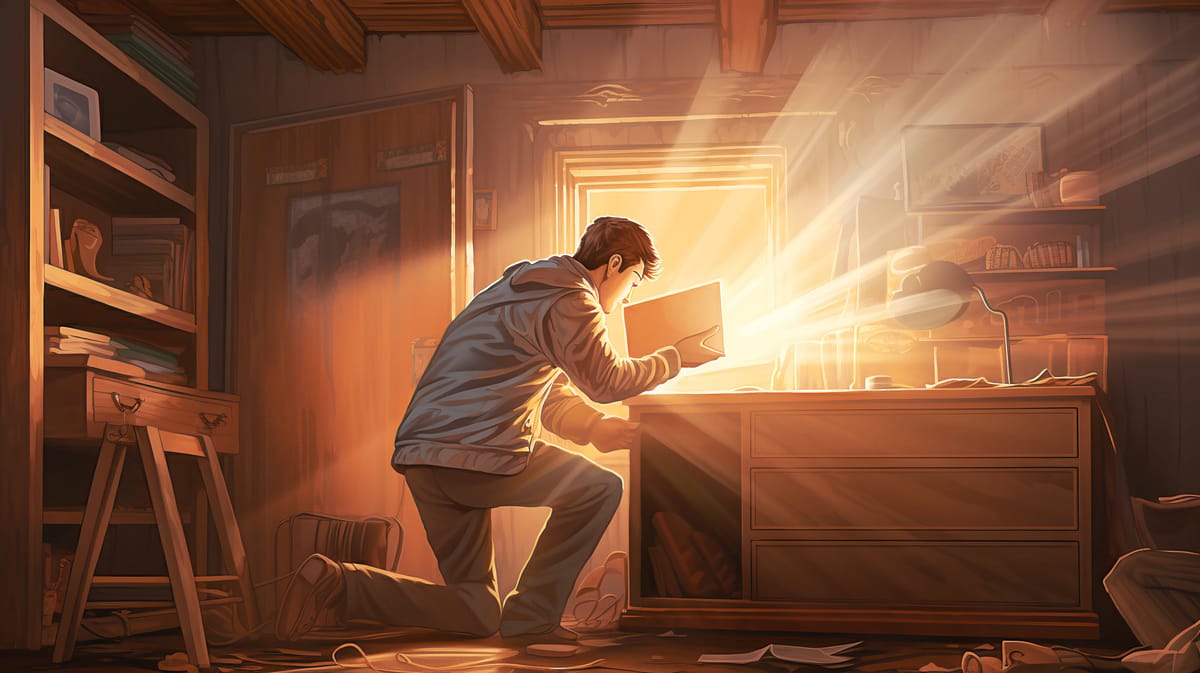What if the Twitter replacement isn’t a Twitter clone?
Twitter's growth was fuelled by making it easier to publish micro blog posts there than on a website. That was a trap, and we fell into it.

Alan Jacobs reminds us that what we now know as Twitter-like content actually had its roots in the early days of blogging. As he puts it:
First, in those days before social media, there were bloggers – some professional, some amateur – who used their blogs the way that many people would later use Twitter: they blogged all day every day.
A lot of that activity migrated to Twitter, although some sites still post in that way. And, last year, The Verge redesigned itself to bring that activity back to the site:
So we’re back to basics with something we’re calling the Storystream news feed, right on our homepage. Our plan is to bring the best of old-school blogging to a modern news feed experience and to have our editors and senior reporters constantly updating the site with the best of tech and science news from around the entire internet. If that means linking out to Wired or Bloomberg or some other news source, that’s great — we’re happy to send people to excellent work elsewhere, and we trust that our feed will be useful enough to have you come back later.
Yes, they’re talking about good old-fashioned link blogging, which never died, whatever the coverage of web publishing tells you.
The hidden engine of the web
Back to Jacobs:
And while many of the old-school blogs are dead and gone, a surprising number of them remain active, and still have a multitude of commenters. In turns out that social media did not kill blogs, but just co-opted the discourse about blogs. Once journalists got addicted to Twitter, they stopped paying attention to what was happening elsewhere — but that didn’t stop it from happening.
I have banged on about this more than once, but blogging never died. As Jacobs says, journalists just stopped paying attention. It’s one of the reasons that, much as I love my profession, I’m always reminded of its failings when generalist journalists report on matters I have in-depth knowledge of. We’re for too obsessed with tracking the new shiny, and spend too little time doing the hard work of monitoring the wider picture.
That was, perhaps, the genius of Substack: it took old school blogging, gave it a distribution method (newsletters) and a payment engine, and reinvented the form as “a Substack”, slapping their brand on a pre-existing idea.
Back to blogging
But, they might have a point. Should we actually be looking for a straight Twitter replacement? Or should we be taking The Verge’s approach, and trying to own some of that discourse again? Back to Jacobs, for a final word:
Now that the white-hot fire of Twitter is burning itself out, and its various alternatives (Threads, Bluesky, Mastodon) are generating merely gentle (or sputtering) flames, and TikTok (which is not a social-media site in any meaningful sense but rather a media-consumption platform) is still going nova, this is the time for people to rediscover the pleasures of blogging – of writing at whatever length you want, and posting photos, and embedding videos, and linking to music playlists, all on your little corner of the internet.
And that could apply as much to brands and working journalists within their beats as it does personal content.





